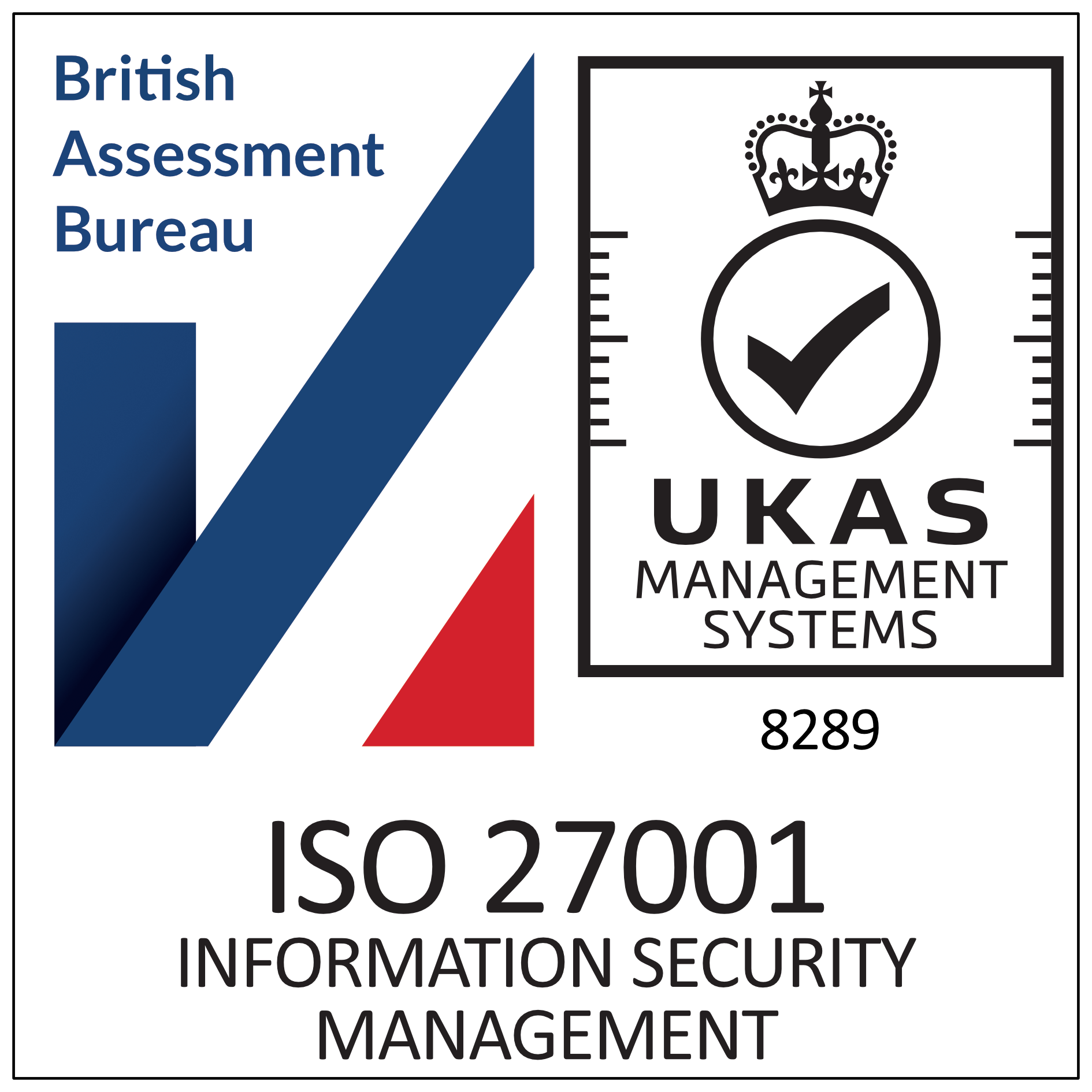Guidance Note: Electronic Signature of Deeds and Contracts
This Guidance Note: Electronic Execution of Property Deeds explains the different methods for electronic execution of property documents which are accepted by the Land Registry.
The Land Registry began accepting some types of electronically executed deeds during the pandemic. They have strict requirements which need to be met to prevent an application being rejected. In most cases a conveyancer needs to represent the parties to a transaction and a deed must be signed in the physical presence of a witness.
Furthermore, not all types of documents can be electronically executed This is an area which the Land Registry currently has in development and you are advised to check Practice Guide 82: electronic signatures accepted by HM Land Registry before drafting and executing any document to be submitted to the Land Registry.
The Guidance Note refers to and supplements the Guidance Note: Formalities for Signing and Execution of Property Documents. If you read both Guidance Notes in conjunction, it will help you to decide whether and how you can validly create and sign a particular document electronically.
Once you have subscribed to the appropriate document folder click on the “Download Document” button below. You will be asked what you want to do with the file. It is recommended that you save the document to a location of your choice prior to viewing
Guidance Note: Electronic Signature of Deeds and Contracts is part of Property. Just £38.50 + VAT provides unlimited downloads from Property for 1 year.


